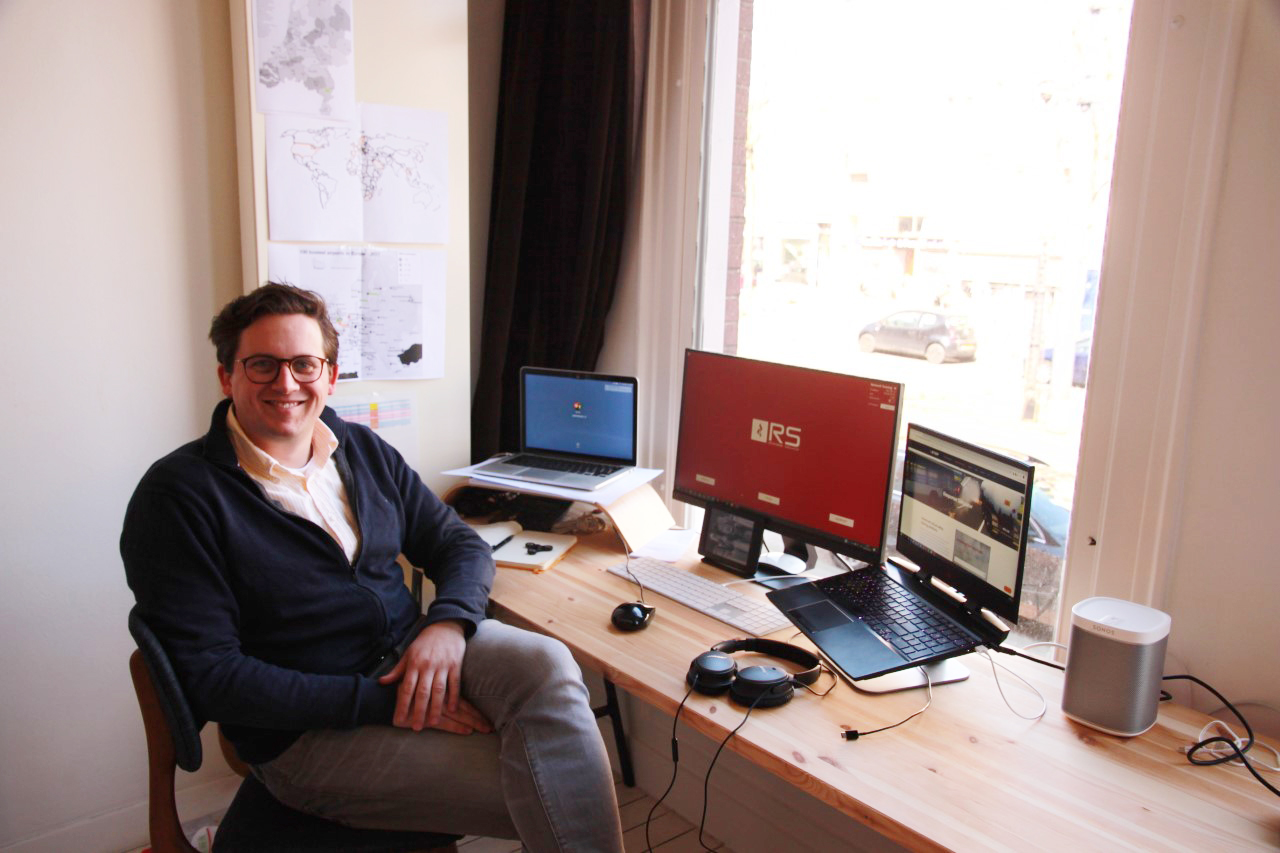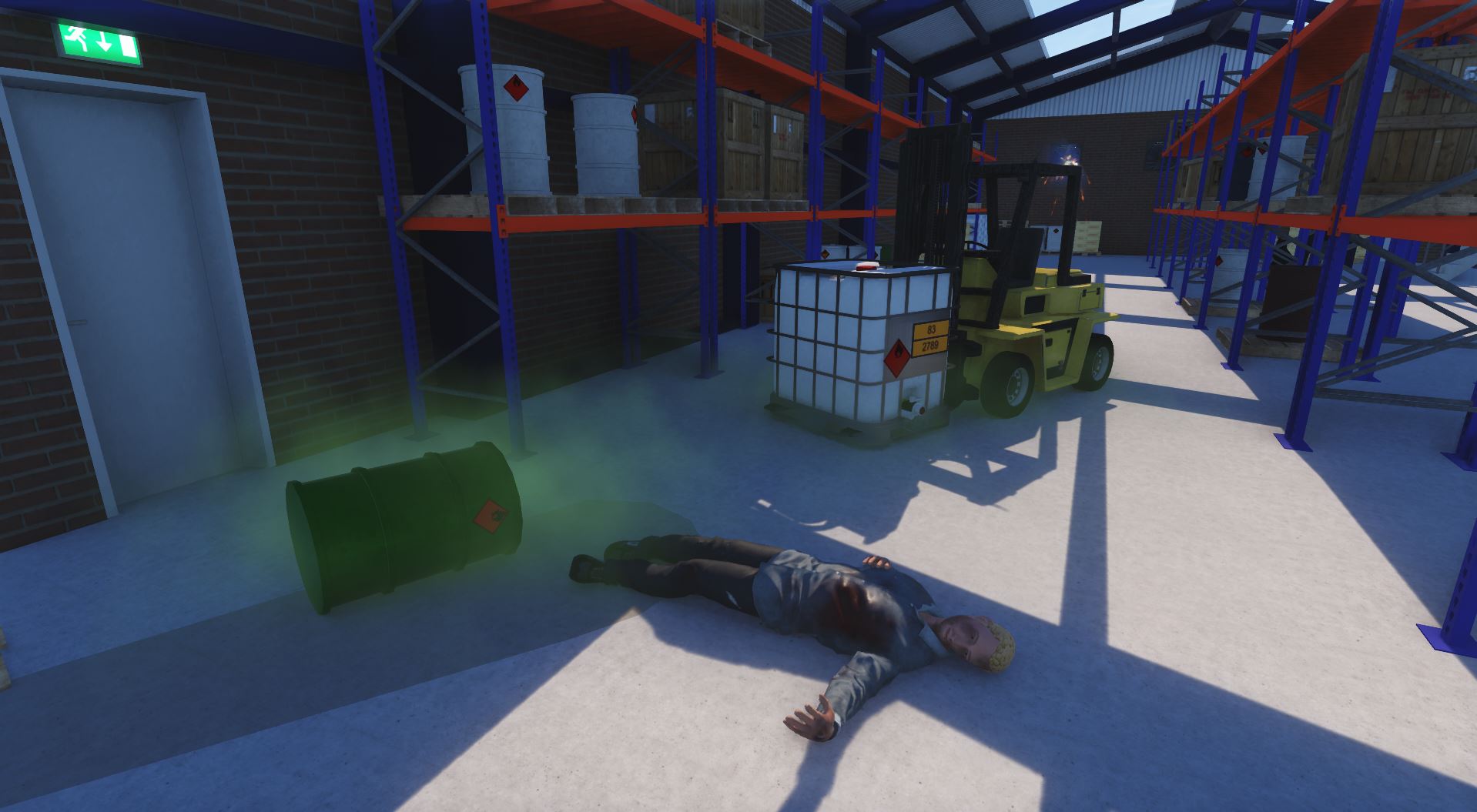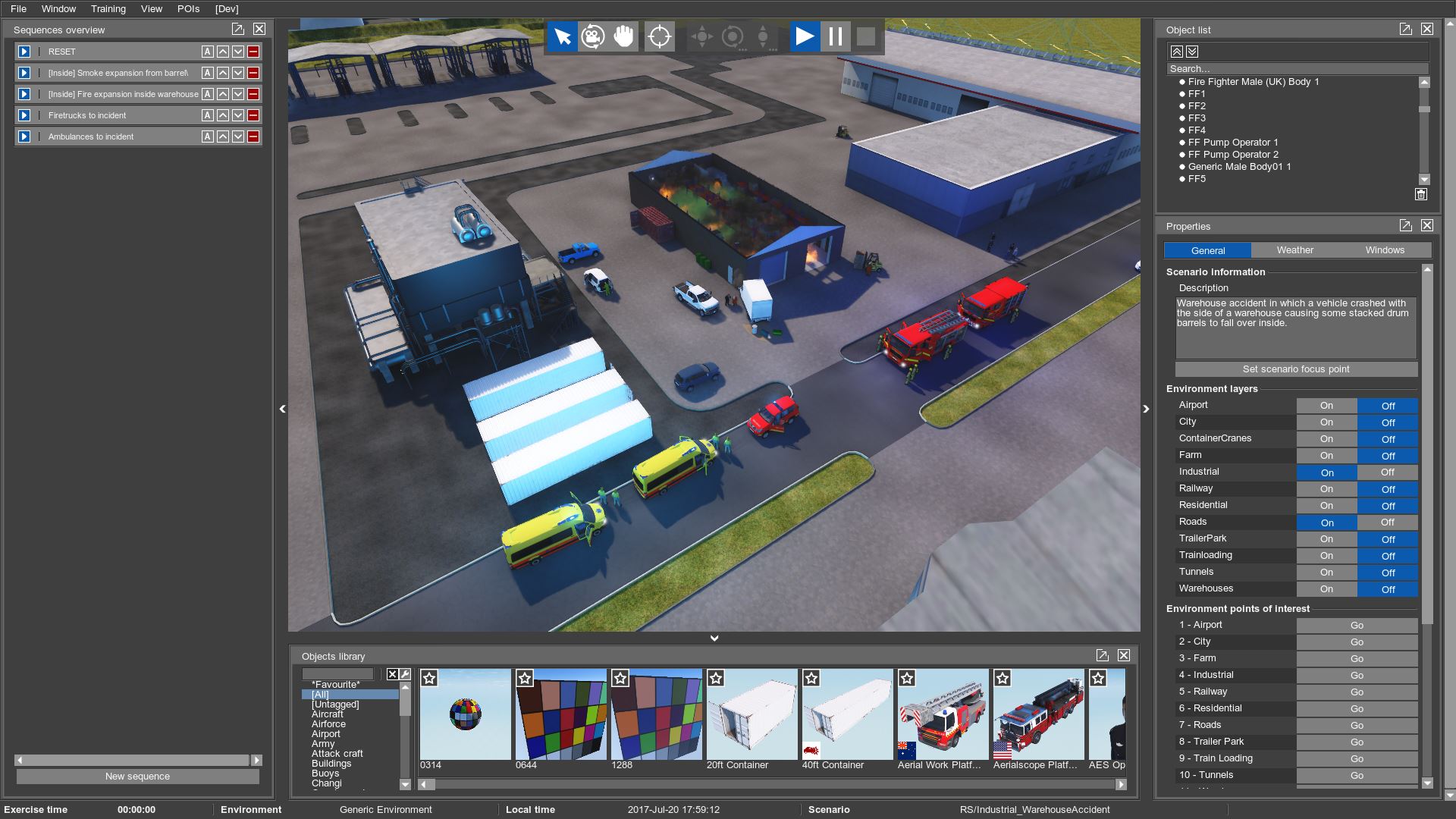Rotterdam, 9 April 2020 – Virtual training tools are being widely used within the safety and security industry. These tools can provide professionals with realistic simulation of scenarios for trainees to learn from and enhance their emergency preparedness. VSTEP’s Head of Business Development for Response Simulator, Tije Vos, shares his expert insights into how and why virtual training is a success within the safety and security industry.

Hi Tije! Could you introduce yourself and your expertise within VSTEP?
Hello! My name is Tije Vos, and I am the Head of Business Development for Response Simulator. My main responsibilities lie within achieving commercial success for Response Simulator, as well as making sure customer needs are communicated to our product development team. I am also responsible for managing relationships with customers, designing commercial solutions and ensuring that our product meets their goals and training requirements.
What do you find the most enjoyable working in your current position?
There are multiple things I enjoy about my work but if I must narrow them down it would be the colleagues that I work with who make everyday a learning experience. I also appreciate the opportunity to travel around the world to present our products and getting to know different business cultures.
What do you find the most challenging about your tasks?
Often, my team and I are tasked with finding a balance between what we want to achieve and what we can deliver to our customers. We work closely with our product development team in order to transform our ambitions into reality for our customers.
Could you talk about one of your most recent/most exciting projects you’ve worked on?
Recently, I have spent plenty of time on our cooperation with Chevron Shipping, where we helped integrate the Response Simulator into their training facility to enhance safety preparedness. I also thoroughly enjoyed working together with Schiphol and exploring the ways our product can benefit their organization from a safety and security standpoint.
We would like to ask you questions that are specific to Response Simulator. One of our key selling points of RS is that it is a flexible solution – could you expand on how and why it is flexible?
Response Simulator is flexible as it offers various functionalities, and the networking possibilities we offer mean that more people can train on the RS platform. The custom content that our in-house 3D artists create allows any customer to communicate their unique needs. Furthermore, through RS, organizations can perform endless different trainings, as well as run multiple trainees through the same training and alter training without any extra costs. We remain flexible in how we price our product in order to be as accessible as possible for companies with different budgets.

Physical training is known to result in injury – in what ways does RS offer a risk-free solution?
There is no physical interaction and no risk in setting up these exercises, as they are all run on a computer. One of our main customers are firefighters and the risky nature of their career requires intensive training, such as live burn exercises which may result in injury. With Response Simulator, our customers can train in any environment with different levels of danger in a completely risk–free manner.
Could you mention some cases/clients that were most memorable? How did RS improve the client’s training?
One of the cases that first comes to mind is our work with Rijkswaterstaat, where the Response Simulator was used in combination with physical training to re-create a real-life incident. Our platform simulated the reactions of the first responders in the fire services, emergency first aid and police departments. With the information gathered during the virtual training with RS, the first responders then carried out the training in a real-life setting. The briefing afterwards was conducted in a virtual environment, where the instructors were able to revert to virtual training.

Have you noticed a shift in the safety and security industry towards using simulators and virtual training methods? How do you think this shift (or lack thereof) will look like five years from now? What is VSTEP’s position in that?
I believe that the usage of virtual training is becoming more widespread and accessible. Advancements in technology allow us to deliver solutions that are more immersive for our clients. I’m also keeping an eye out for the development of VR headsets in the safety and security training field. As the global interest in this method increases, it gives us the impulse to explore how we can adapt to the global trends. I believe that while physical training will remain relevant, virtual training tools will be complimentary to the trainings and using tools such as RS will become the industry norm. For VSTEP, as a company we are constantly investing in moving towards that future and doing plenty of research and developing our products constantly to match the market trends and needs.
About
VSTEP makes sure that you are prepared for real-life situations with our leading solutions for simulation and virtual training. Our state-of-the-art products allow you to train your skills for every scenario possible in a practical, cost effective and sustainable way. We are a Dutch based and ISO9001:2015 certified company. Stay up-to-date about the developments at VSTEP by subscribing to our newsletter or follow us on Linkedin
.